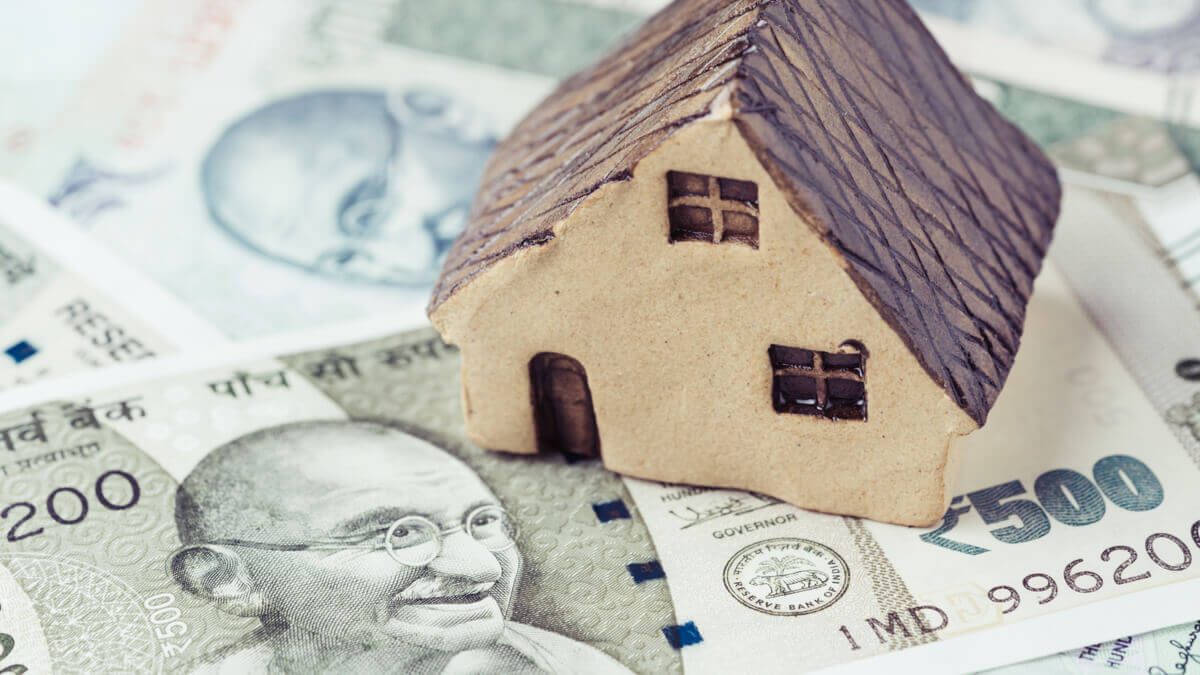Does a non-resident have to pay tax on sale of property in India?

Does a non-resident have to pay tax on sale of property in India?
If you are a non-resident, you are obligated to fulfill tax obligations on the sale of an ancestral property in Mumbai, much like a resident would. The duration for which the property has been held becomes a crucial factor in determining the tax treatment. In this case, as the property has been owned for more than 24 months, any gains resulting from the sale will be categorized as long-term capital gains.
Long-term capital gains taxation typically differs from short-term gains in terms of the applicable tax rates. The taxation on long-term capital gains is often more favorable, with distinct rates and potential eligibility for indexation benefits, which adjust the purchase price for inflation.
It’s essential to adhere to the tax regulations specific to non-residents when dealing with the sale of property in a foreign country. Non-resident tax obligations can vary, and understanding the local tax laws is crucial to ensure compliance.
In addition to the duration of property ownership, other factors may influence the calculation of capital gains, such as the initial cost of the property, any improvements made over time, and allowable deductions. Seeking professional advice or consulting with a tax expert is advisable to navigate the intricacies of tax liabilities associated with the sale of ancestral property. 
Moreover, staying informed about any applicable tax treaties between the country of residence and India is important, as such agreements can impact the taxation of capital gains. These treaties often provide guidelines on avoiding double taxation and may influence the overall tax liability for non-residents selling property in India.
In the computation of capital gains, the determination of the cost of acquisition holds significant importance. In the context of an inherited property, the cost is established as the price paid by the previous owner. However, for properties acquired prior to April 1, 2001, the cost of acquisition for capital gain computation is defined as the fair market value of the property as of April 1, 2001.
To ascertain this fair market value, various factors come into play. One approach is to utilize applicable rates or values, such as the circle rate or stamp duty rate applicable to the property on the specified date. These rates serve as benchmarks for determining the property’s fair market value as of April 1, 2001.
In cases where these rates or values are not readily available, an alternative is to obtain a valuation report from a registered valuer. This report, prepared by a qualified professional, provides an expert assessment of the property’s value as of the specified date. It is essential to ensure that the valuation report aligns with, and does not exceed, the prescribed rates or values established by relevant authorities.
This meticulous approach to determining the fair market value is crucial for an accurate calculation of capital gains. The adherence to prescribed rates or values, whether obtained through official channels or validated by a registered valuer, contributes to the integrity and reliability of the valuation process. This ensures that the cost of acquisition used in the capital gain computation is in accordance with the established norms, promoting transparency and compliance with tax regulations.
In summary, when dealing with inherited property acquired before April 1, 2001, the calculation of capital gains necessitates a careful consideration of the fair market value as of that date. Utilizing applicable rates, values, or obtaining a valuation report from a registered valuer are essential steps in ensuring an accurate and compliant determination of the cost of acquisition for capital gain purposes.





